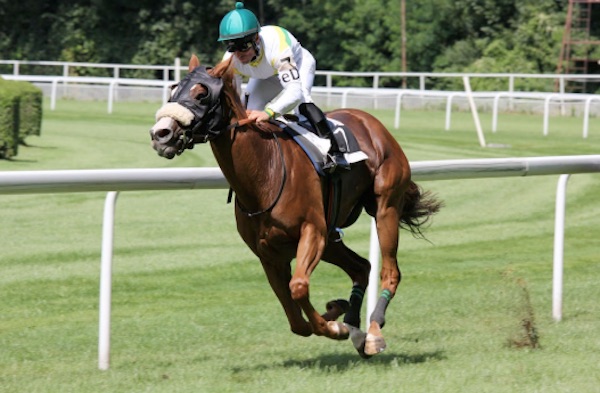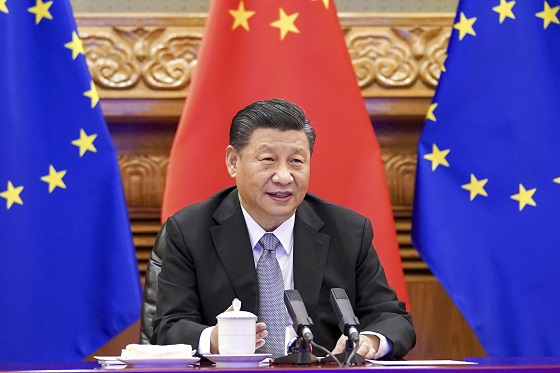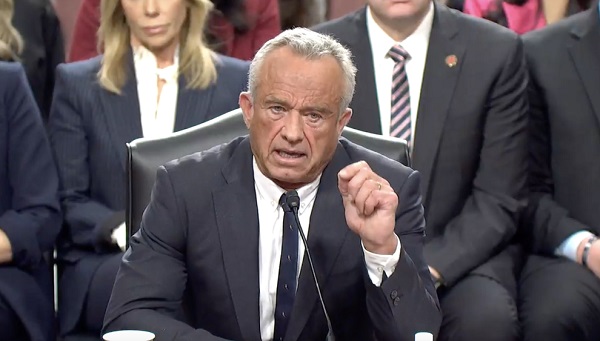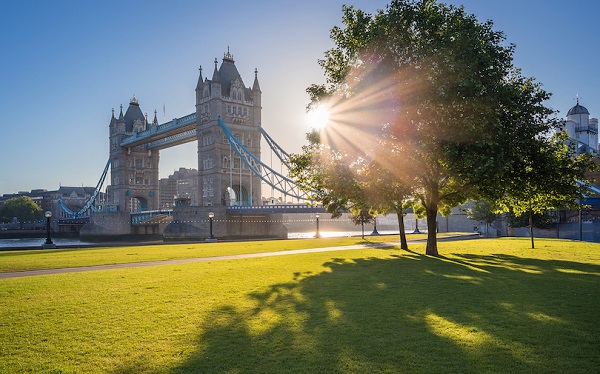Also Interesting
The UK’s Best Horse Racing Events

We all know that football is the main sport in the United Kingdom, but did you know that horse racing is the UK’s second most popular spectator sport?
Every year over six million fans click through the turnstiles at racecourses up and down the country, making horse racing much more popular than cricket and rugby.
In this article we take a look at five of the best horse racing events in the UK – the ones that make horse racing so popular with the Great British public. Think we’ve left an event out? Let us know in the comments section below.
The Cheltenham Festival
When? Tuesday, 15th March – Friday, 18th March
Where? Cheltenham, Gloucestershire
Normally scheduled to coincide with St. Patrick’s Day, the Cheltenham Festival is not just a highlight on the sporting calendar but on the social one too. Over 260,000 people flock to the Gloucestershire venue to watch the sport’s best jockeys battle it out for a share of the £4 million purse.
There are 28 races stretching out over 4 days with the most famous being the Cheltenham Gold Cup which is held in the same regard as winning an Olympic Gold Medal. The favourites for this year’s Gold Cup are A Plus Tard, Galvin and Minella Indo.
Where there is horse racing, there is most certainly betting. Every single year, thousands of punters bet on Cheltenham and some win fairly substantial amounts of money.
Royal Ascot
When? Tuesday, 14th June – Saturday, 18th June
Where? Ascot, Berkshire
Perhaps the most famous racecourse in the UK, Royal Ascot plays host to a five day Flat racing meeting every June which hosts 18 Group races. The racecourse was founded in 1711 by Queen Anne when she visited the area and decreed that the heath looked, ‘ideal for horses to gallop at full stretch.’
Since then it has become traditional for British royalty to visit the annual event. In fact, many of Queen Elizabeth II’s horses can be seen racing at the five-day Royal Ascot event. They are identified by their distinctive purple body with gold braid colours.
The Gold Cup which is held on the third day of the event is the most prestigious and is currently held by Subjectivist who upset Stradivarius to romp to success.
The Grand National
When? Tuesday, 7th April – Saturday 9th April
Where? Aintree Racecourse, Merseyside
The Grand National was founded by William Lynn in 1829 with the first running happening in 1836 when The Duke won the inaugural event. The modern day Grand National is the culmination of a three-day race event held in Aintree, Merseyside.
It is widely regarded as the most challenging race on this British calendar and sees competitors fight it out over a 4 miles and 514 yards and 16 fences, 14 of which are jumped over twice. It’s no wonder then that around 60% of the horses that start the race never make it to the finish line.
Red Rum, who won a historic treble in 1973, 1974 and 1977 is probably the most famous horse to have run the course at Aintree. Minella Times, last year’s winner made history as it became the first horse to be ridden by a female to win the Grand National.
(Rachel Blackmore made history in 2021 riding Minella Times to Grand National victory.)
Epsom Derby
When? Friday, 3rd June – Saturday, 4th June
Where? Epsom Downs, Surrey
First inaugurated in 1780, the Epsom Derby is a Group 1 flat race open to three-year-old colts and fillies. It has a purse of £1.125 million and is widely regarded as one of the most prestigious events in the country.
In recent years however it has morphed into more of a social event than a sporting event with the prizes for best-dressed, celebrity guests and musical performances taking as many headlines as the racing action.
The Epsom Derby is also home to the self-proclaimed ‘Greatest Flat Race in The World’ which is some claim!
The Scottish Grand National
When? Friday, 1st April
Where? Ayr Racecourse, Ayrshire
When it comes to great races in the UK, the action isn’t just limited to England, there are great meets all over the UK. The Scottish Grand National however, is one of the best races outside of England in the calendar.
Inaugurated in 1867 this Grade 3 National Hunt steeplechase is full of drama and intrigue with horses racing over a distance of 4 miles and running 27 fences. If you love the Aintree Grand National you’ll love the Scottish Grand National too.
In terms of the purse, there is slightly less money on offer to winners but if anything, that opens up the field and adds more excitement to the race.
Also Interesting
If You Frequently Travel, A Second Phone Number Can Be A Cost Effective Solution

Advances in transport technology have reduced not only travel times but also costs. Airlines and tour companies offer a wide array of cut-price deals, so if you already have a destination in mind, sign up for email alerts. Today, you can fly from Canada to Europe in around 6 hours, whereas decades ago, the same journey took weeks by boat. Maybe you travel to represent your organization for work-related purposes. In that case, you get to combine business and leisure, so you’ll return to the office refreshed and ready to be productive.
Suppose you’re an international traveler, a savvy vacationer, or even a local adventurer. In that case, you know a few trips make your trip easier: a passport, comfy shoes, and a six-port USB charger. And it doesn’t take long to realize there’s one thing you’ve forgotten. You need an eSIM Canada for enhanced privacy protection, streamlined communications, and the ability to avoid expensive roaming charges. You probably have an expensive Android or iPhone device, so the last thing you want is another handset. There are many ways to add an extra phone number that works with your smartphone.
Get And Setup An eSIM, Which Works Like A Physical SIM Card
eSIM technology offers a seamless, more integrated approach to connectivity, so it’s a progress from traditional SIM cards. By enabling the eSIM profile, you get access to the operator’s network, which is optimized for local access and helps avoid potential roaming restrictions. This level of resiliency is convenient for specific use cases, such as Google Maps, that require automatic initial connectivity. I you’re traveling, it’s recommended to install the eSIM a couple of hours before your trip or once you’ve reached your destination. The validity period starts counting. You’ll need a WiFi or data connection to set up the eSIM on your device.
You can manually activate the eSIM by pasting the installation code (and any other required information) if you don’t have another device to scan. You should activate the eSIM as soon as you arrive at our destination to prevent your mobile phone data from being used. Activating roaming or data roaming from your device will activate the plan. You can install the eSIM by scanning the QR code you received from the provider: open the built-in camera app, point the camera at the QR code, and tap the banner that appears on your phone. Label the eSIM and set your preferences for calls, messages, and data.
Not Only Do You Get To Keep Your Phone, But You Can Also Add A New Number
An additional phone number allows you to distinguish between personal and professional calls and messages, fostering a healthier work-life balance, and adds another layer of anonymity when interacting with strangers. Work, friends, family, and dating contacts are entirely separate. Texting is unlimited, calling works with your carrier within minutes, and voicemail is easy to customize. You can talk and text using any phone number at any time. The second line might be a disposable or semipermanent number. When traveling overseas, you’ll need to provide your phone number to hotels, bicycle-sharing services, and so on.
Having a phone that works just like it does back home when traveling abroad is the best thing you can do to reduce stress. Being able to keep in touch with family and friends, using Google Translate, and having access to booking sites in the event of delays are just some of the reasons why Internet access is indispensable. Get a full-featured number that supports limitless Internet so you can use apps like WhatsApp, Facebook Messenger, or Skype. It’s not a good idea to use image-heavy social media apps like Snapchat or Instagram.
How To Get The Best Performance Out Of Your Esim When Traveling
Some smartphones have both a removable SIM card and an eSIM card, which allow users to have two separate numbers – i.e., a personal number and a work number – on one device. After establishing a connection to a mobile network, your eSIM will be functional and ready for immediate use. Using a local mobile network while overseas is more affordable than paying roaming costs to your home network; should you mistakenly erase your eSIM, you must reach out to your provider and ask for another installation code. Some device manufacturers offer instructions on how to use plans from two different providers.
In what follows, we’ll present our favorite tips on how to make the most of your eSIM when traveling abroad:
● Strategically plan your data usage: Review your plan details before jetting off. Understanding what your eSIM package includes will help you prepare for your trip and stay connected while miles away.
● Give your eSIM a custom name: During the eSIM installation, you can label your new SIM. For instance, you can name the eSIM “Travel” or “Canada eSIM” and your existing physical SIM “Personal”. If you change your mind, you can edit them at any time.
● Turn on push notifications: You can turn on push notifications to be informed if data is running low or your eSIM is about to expire. You can stay focused without constant interruptions.
In Closing
If you’re traveling internationally, having a second phone number can offer several advantages, such as security, privacy, and convenience. It can be used for bookings, online registrations, and transactions, therefore minimizing the risk of your primary number being exposed to scams and other types of cyberattacks. You can install one or more eSIMs on your device and have two phone numbers at the same time. Remember, the service provider has control over the subscription and is required to maintain an adequate phone signal.
The eSIM plan will automatically expire once you’ve used up your data or when your purchased days run out. You can add more days to your existing plan by reloading your eSIM: simply log into your account and choose the eSIM you wish to extend so you don’t have to worry about connectivity interruptions. This is ideal for short or even long-term travelers.
Also Interesting
How to Deposit and Withdraw in CAD at Sol Casino: A Guide for Canadian Players

When choosing an online casino, Canadian players not only look for exciting games and bonuses but also for easy and secure payment methods in Canadian dollars (CAD). Sol Casino understands this need and has created a streamlined system for deposits and withdrawals that suits players across Canada.
This guide walks you through how to fund your account, cash out your winnings, and which methods are most efficient and convenient.
Why Use CAD at Sol Casino?
Sol Casino supports transactions directly in Canadian dollars, which is a huge advantage. This means:
No currency conversion fees
Simplified banking
Faster transactions
Better tracking of your gambling budget
For Canadian players, avoiding unnecessary fees and delays is crucial. Sol Casino ensures you can deposit and withdraw in your local currency without any added complications.
How to Deposit Funds at Sol Casino (Step by Step)
Funding your Sol Casino account is simple. Follow these steps to make a deposit:
1. Log in to your Sol Casino account.
2. Go to the Cashier/Deposit section.
3. Choose your preferred payment method.
4. Enter the amount you wish to deposit (minimum deposit usually starts at $20 CAD).
5. Follow the prompts to complete the transaction.
Most deposits are instant, meaning you can start playing right away.
Popular Deposit Methods for Canadians
Sol Casino offers a variety of trusted options tailored for Canadian players:
Interac e-Transfer: A go-to choice in Canada, easy to use and highly secure.
MuchBetter: A modern e-wallet app offering fast, private transfers.
ecoPayz: Another reliable e-wallet widely used in Canada.
Visa/Mastercard: Traditional and familiar for most users.
Cryptocurrencies: Includes Bitcoin, Ethereum, and more for added privacy.
Each method is secure and designed to fit your lifestyle and preferences.
How to Withdraw Winnings in CAD
Cashing out your winnings is just as easy. Here’s how to request a withdrawal:
1. Go to your account dashboard and select Withdraw.
2. Choose the same method used for depositing (if possible).
3. Enter the amount you want to withdraw.
4. Submit your request and wait for confirmation.
Before processing your first withdrawal, Sol Casino may ask for ID verification to comply with KYC (Know Your Customer) rules. This is standard for any legitimate casino and helps protect your account from fraud.
Withdrawal Processing Time
Sol Casino processes withdrawal requests quickly. Here’s a general idea of how long it may take:
E-wallets (MuchBetter, ecoPayz): 0–24 hours
Cryptocurrency: 1–12 hours (depending on network speed)
Interac: 1–2 business days
Cards (Visa/Mastercard): Up to 3–5 business days
Once your identity is verified, future withdrawals are often processed faster.
Tips for Smooth Transactions
Verify your account early to avoid delays during your first withdrawal.
Use the same method for deposit and withdrawal whenever possible.
Set responsible limits to manage your gambling activity.
Watch for promotions offering cashback or deposit bonuses for specific payment methods.
Sol Casino also sends notifications and email confirmations for each transaction, adding transparency to the process.
Customer Support for Payment Issues
If you run into any trouble while depositing or withdrawing, Sol Casino has a 24/7 support team ready to help. You can use:
Live chat for immediate assistance
Email support for more detailed inquiries
FAQ section with answers to common questions about payments
All services are available in English and French, making support accessible to all Canadian users.
Conclusion: Fast, Flexible, and Canadian-Friendly Banking
Sol Casino has built a payment system that respects Canadian needs. With support for CAD, a variety of local methods like Interac and MuchBetter, and fast withdrawals, it provides a hassle-free banking experience. Whether you’re playing for fun or aiming for big wins, Sol Casino ensures your money is handled safely, securely, and efficiently.
-

 Business2 days ago
Business2 days agoTrump: China’s tariffs to “come down substantially” after negotiations with Xi
-

 Business2 days ago
Business2 days agoTrump considers $5K bonus for moms to increase birthrate
-

 Business2 days ago
Business2 days agoChinese firm unveils palm-based biometric ID payments, sparking fresh privacy concerns
-

 COVID-192 days ago
COVID-192 days agoRFK Jr. Launches Long-Awaited Offensive Against COVID-19 mRNA Shots
-

 2025 Federal Election1 day ago
2025 Federal Election1 day agoConservatives promise to ban firing of Canadian federal workers based on COVID jab status
-

 Business1 day ago
Business1 day agoIs Government Inflation Reporting Accurate?
-

 2025 Federal Election1 day ago
2025 Federal Election1 day agoCarney’s Hidden Climate Finance Agenda
-

 Environment1 day ago
Environment1 day agoExperiments to dim sunlight will soon be approved by UK government: report





